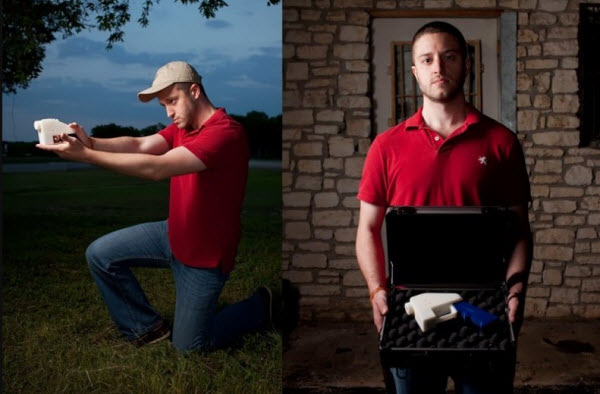In the past, the concept of 3D printing seemed perfectly suited for science fiction novels, which often depicted futuristic tools that humans might rely on in their daily lives. With the technological advancements we’ve witnessed globally, what was once fantasy has now become reality. Today, 3D printers are accessible to many, and with a wide array of materials such as wood, metal, plastic, and fabric, we can now print a variety of three-dimensional objects. From food items and spare parts to weapons, houses, human organs, medical devices, clothing, and more—the possibilities are almost endless. Despite the current capabilities of these printers, scientists predict they will play an even more significant role in shaping our future. In this article, we will highlight five major predictions on how 3D printing technology is poised to change the world.
1. Combating Global Hunger with 3D Printing
We’ve all experienced moments when we’re at home, hungry, and without food, and the idea of going out or waiting for a delivery feels like a chore. Enter 3D printing as a solution to this problem. Imagine craving a pizza; instead of calling for delivery, you could simply head to your 3D printer, select the pizza you want, print it, and enjoy. This may sound like science fiction, but in reality, NASA recently awarded $125,000 to a company called Systems and Materials Research Corporation to develop a pizza printer. Moreover, some food companies have already begun experimenting with designs and recipes using 3D printers to create delicious dishes.
Though food printers still need a few more years of development to address cost and installation concerns, as well as user training, their potential to solve one of the world’s biggest social problems—hunger—is immense. According to researchers, by using cartridges filled with nutrient-rich powders and oils that can be stored for decades, developing countries could print nutritionally dense foods for their populations, especially during crises like famines caused by weather conditions or crop failures.
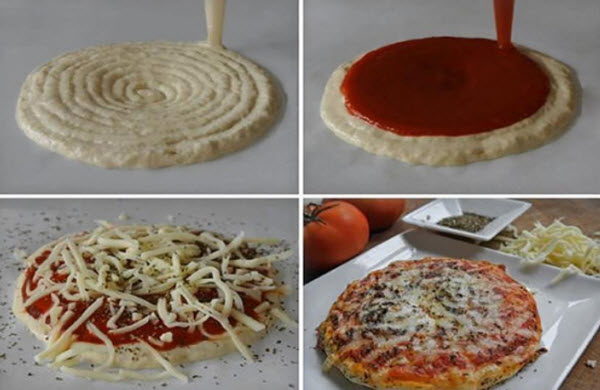
2. Revolutionizing Medical Innovations
One of the most remarkable benefits of 3D printing technology is its potential to enhance medical care for a wide range of diseases and injuries. Bioprinters, for example, could enable doctors and medical providers to print exact replicas of human organs, such as livers or hearts, as well as custom-made, bioabsorbable devices like tracheal splints. Scientists are also working on printers capable of printing human skin to repair burns and other injuries using a special ink made from various skin cells. Unlike traditional burn treatments, this innovative skin printer requires a patch of skin only one-tenth the size of those used in current procedures. While many of these innovations are still relatively new, their widespread use could potentially revolutionize the medical landscape.
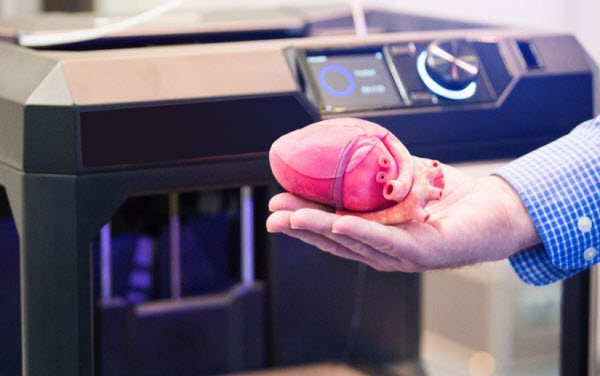
3. Making Affordable Housing a Reality
Currently, buying a high-quality 3D printer can cost thousands of dollars, not to mention the various cartridges needed to print anything truly useful. However, as the technology advances, the costs are expected to decrease, significantly reducing the financial burden of various goods and services, including housing. Researchers at the University of Southern California have developed a 3D printer that uses layered manufacturing techniques to build a 2,500-square-foot house in just one day. This technology, known as “Contour Crafting,” opens the door to a variety of beneficial housing scenarios, from low-cost and efficient housing for individuals to improved disaster relief housing and simple, quick home design. This could have a massive social impact in developing countries and in more developed areas where rent prices are rising while wages stagnate.
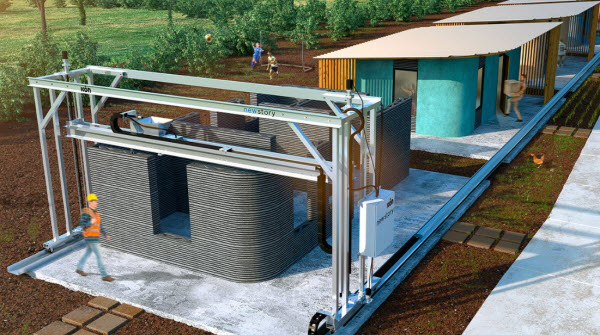
4. Increasing the Spread of Counterfeit Goods
Initially, no one expected it would be easy to pirate music, movies, books, and other media, but with the advent of 3D printing, there is now a concern that many industries previously untouched by piracy, such as fashion, could be at risk. Imagine you’re getting ready for an evening out but don’t have the right outfit. Instead of borrowing from a friend or heading to the mall, you could go online, find a clothing design you like, download it, and print it at home—assuming you have the right textiles on hand. This extends to shoes, as there are already free designs available online. With the availability of 3D printers, items like sculptures, furniture, artwork, and more could be copied and printed overnight.
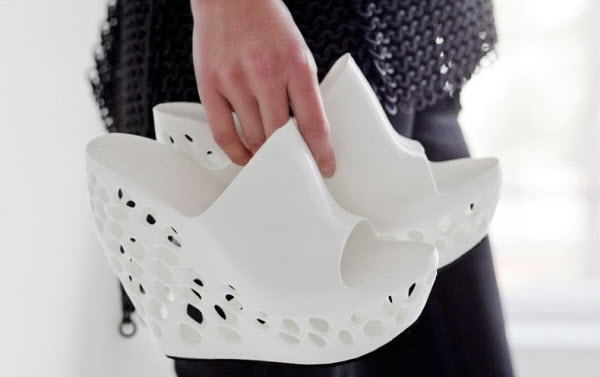
5. The Production of Weapons
Beyond the idea of piracy, the growth of 3D printing has some potentially harmful implications. In 2013, Cody Wilson, a gun company owner in Texas, created the world’s first homemade 3D-printed plastic gun using this technology. Shortly after, a company named Solid Concepts printed one of the first fully metal 3D-printed guns. Naturally, as 3D printing costs decrease, access to 3D-printed guns and other weapons will become easier. These weapons will not only be more accessible but also harder for law enforcement to monitor or track, especially since Wilson uploaded his gun designs to the internet, making them available for anyone to download and print.
